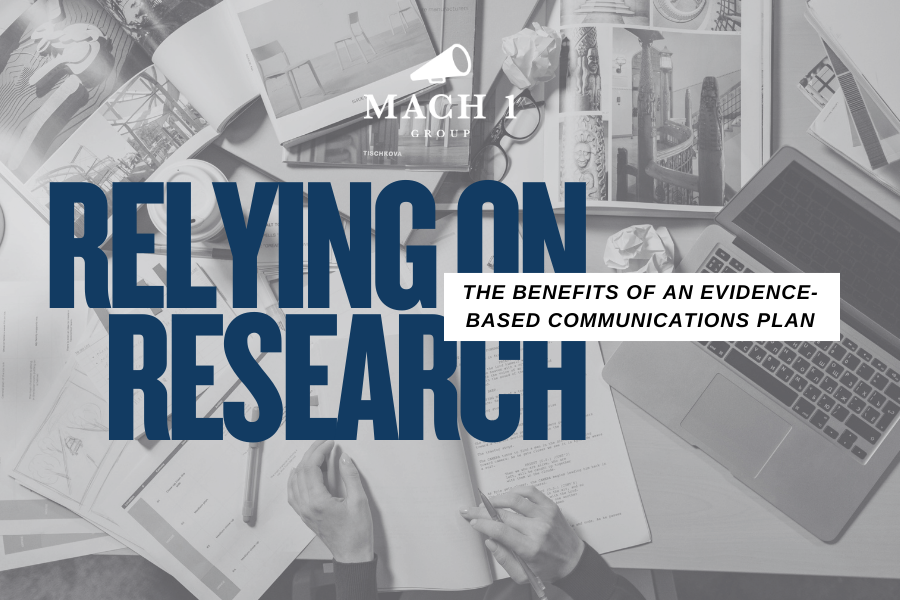Before crafting a single message or pitching a reporter, do your homework! Deep research – on the policy, the media and the online conversation – isn’t optional. It’s the thing that makes the rest of your strategy work.
In policy communications, research isn’t just the first step – it’s the foundation on which everything else is built. It’s easy to rush into crafting messages, designing graphics or scheduling media interviews, but your efforts can fall flat without a strong understanding of the policy issue at hand. While you don’t need to be a subject matter expert, having a solid grasp of the policy’s background, key stakeholders and legislative nuances will help ensure your messaging is accurate, credible and aligned with your organization’s goals.
But knowing the policy isn’t enough. You need to know how it’s being covered. What are reporters saying? How are they framing the story? Is it being reported through a partisan lens, or is it gaining traction as a bipartisan concern? Answering these questions helps you tailor your approach, pitch more effectively and anticipate tough questions or counter-narratives.
Then there’s social. X (formerly Twitter), Facebook, TikTok, BlueSky and Instagram are where public opinion forms in real time. In Texas, X is a key hub for legislative updates, where influential voices drive dialogue each Session. It’s important to consider: What are community leaders, influencers and advocacy groups saying on these social platforms? Are myths or misinformation gaining traction? Monitoring trends, hashtags and key accounts helps you stay ahead of the narrative and engage more authentically with your audience. For deeper insights into media research, we recommend reviewing our 2025 Texas Media and Influence Report.
Bottom line: doing the work upfront saves you from scrambling later. A well-researched plan isn’t just smarter. It’s how you stay in the conversation – and ahead of it.


